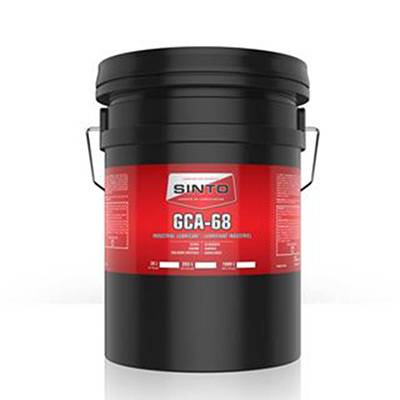Jan . 01, 2025 11:32 Back to list
25mm Check Valve Specifications and Applications for Efficient Fluid Control
Understanding the 25mm Check Valve A Key Component in Fluid Systems
The 25mm check valve, also known as a non-return valve, is an essential component in various fluid systems. Its primary function is to allow fluid (liquid or gas) to flow in one direction while preventing reverse flow. This feature is crucial in maintaining system integrity, enhancing performance, and ensuring safety in countless applications, from residential plumbing to industrial processes.
What is a Check Valve?
A check valve operates on a simple principle it opens when the fluid flows in the desired direction and closes when the flow reverses. This is achieved through various mechanisms depending on the design—the most common types include swing check valves, lift check valves, and ball check valves. Each of these types has distinct advantages and is suited for specific applications.
The 25mm size refers to the nominal pipe size (NPS), which indicates the valve's diameter. This size is particularly popular in small to medium-scale applications such as irrigation systems, HVAC systems, and domestic plumbing.
Working Mechanism
The working mechanism of a check valve can be illustrated with a swing check valve, which is one of the most commonly used types. In this mechanism, a hinged disc or flap is installed inside the valve body. When fluid flows through the valve, the pressure lifts the disc, allowing the fluid to pass. However, if there is a drop in pressure or a change in the flow direction, the disc falls back into its seat, closing off the valve and preventing backflow.
This design effectively mitigates the risks associated with reverse flow, such as water hammer (a sudden surge of pressure), contamination of the water source, and potential damage to pumps and other equipment.
Applications of 25mm Check Valves
The versatility of the 25mm check valve means it can be utilized in various sectors. Here are some common applications
25mm check valve

2. Irrigation In agricultural applications, check valves are employed to optimize water usage, ensuring that water flows in one direction through irrigation systems and preventing drainage when pumps are turned off.
3. HVAC Systems In heating, ventilation, and air conditioning systems, check valves are crucial in ensuring that fluid circulates efficiently without reversing flow, which can lead to inefficiencies and damage.
4. Industrial Processes Many industrial processes require precise fluid control. 25mm check valves are often employed in chemical processing, oil and gas transport, and food production to control the flow of various fluids. 5. Fire Protection Systems In firefighting systems, check valves prevent the backflow of water, ensuring the water remains readily available when needed.
Benefits of Using a Check Valve
There are several benefits to integrating a 25mm check valve into a fluid system. Some of these include
- Prevention of Backflow As the primary function, check valves prevent undesirable backflow, protecting systems from contamination and damage.
- Reduced Risk of Water Hammer Fluid dynamics can cause sudden changes in pressure, leading to water hammer. Check valves mitigate this risk by maintaining consistent flow direction.
- Ease of Maintenance Most check valves, particularly those with a simple design like a swing check valve, require minimal maintenance. They are typically easy to install and replace.
- Increased System Efficiency By ensuring that fluid flows in the intended direction, check valves help maintain system efficiency, reducing energy costs and prolonging the life of pumps and other equipment.
Conclusion
The 25mm check valve is a compact yet powerful tool that plays a vital role in numerous fluid systems. With its ability to prevent backflow and maintain flow direction, it enhances system reliability and efficiency across various applications. Understanding how to effectively integrate and utilize check valves can lead to significant improvements in both residential and industrial fluid systems. As technology evolves, the design and materials used for check valves will likely continue to advance, further enhancing their capabilities and applications in modern fluid management.
-
Why Metric Trapezoidal Thread is Ideal for Precision Motion ControlNewsAug.05,2025
-
The Unique Properties of a Block of Granite for Industrial UseNewsAug.05,2025
-
The Role of Flanged Y Strainers in Preventing Pipeline ClogsNewsAug.05,2025
-
The Importance of Regular Calibration for Master Ring GagesNewsAug.05,2025
-
How a Cast Iron Surface Table Enhances Accuracy in ManufacturingNewsAug.05,2025
-
Comparing Different Check Valve Types for Optimal Flow ControlNewsAug.05,2025
Related PRODUCTS









